The Death Valley Railroad (Northern Section)
We explore the northern 4 miles of the Death Valley Railroad and find an early 1900s cemetery.

The Death Valley Railroad (DVRR), was a 2o mile long 3 foot narrow gauge railroad that was built to haul borax from the mines located in the Greenwater Range to Death Valley Junction, California where there was an interchange with the Tonopah & Tidewater Railroad. The DVRR had two branches, the original ran from Death Valley Junction to the Lila C mine at Ryan (pay attention to Ryan, it moves). After the Lila C played out the line was extended to the northwest to service the newly opened Played Out and Biddy McCarthy mines. The original town of Ryan was packed up, buildings and all, and relocated to Colemanite and Devair (Devair was a misspelling by the United States Postal Service as the name was supposed to be Devar - DEathVAlleyRailroad). Finally, in 1914, Devair was renamed Ryan, the name it holds today.
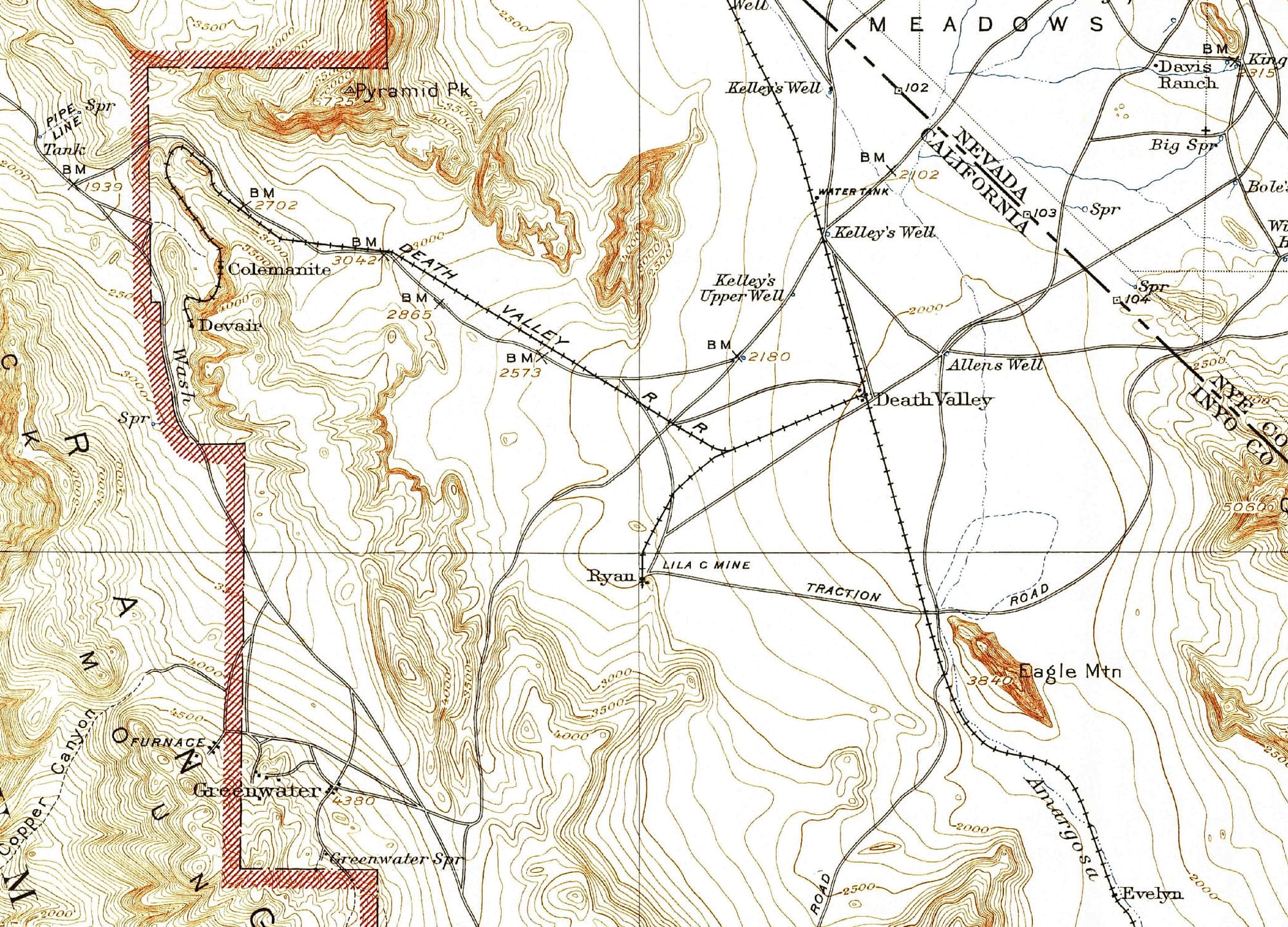
On this trip we explored the upper 4 miles from BM2612 to the old miner's cemetery on the inside curve before Ryan Camp. The old railbed is roughly parallel to Highway 190 on the eastern flank of the Greenwater Range. We intersected it on one of the 4x4 roads that are leftover from past prospecting activities. As we headed down the railbed we quickly encountered an impassible obstacle. Based on the timbering and large amount of sand, and rusted culvert, this was once a trestle supported cut fill which was a popular design with the desert rail builders of the time (many similar examples exist along the Tonopah & Tidewater). Years of cloudburst floods have taken their toll on this once impressive cut fill.
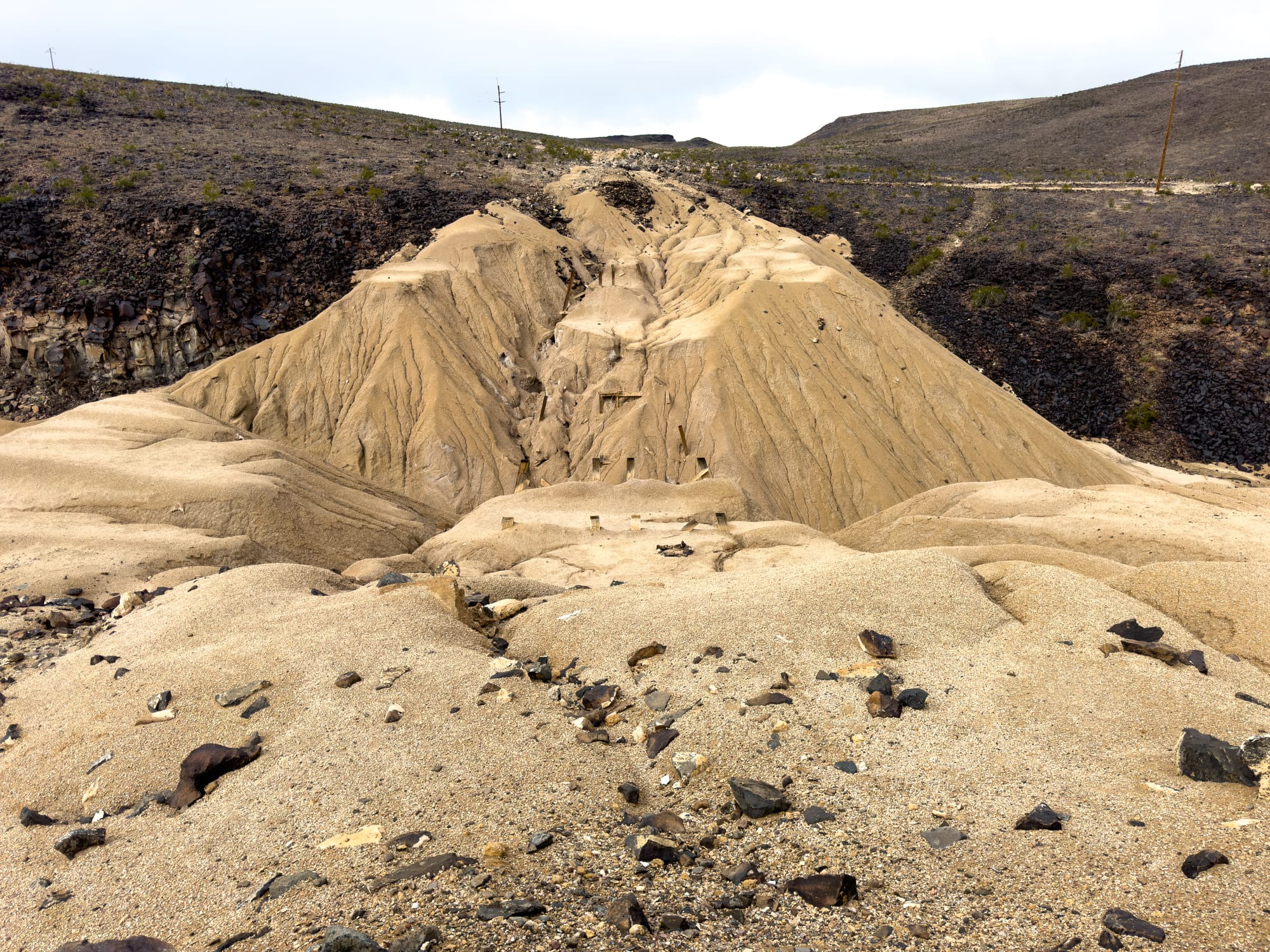
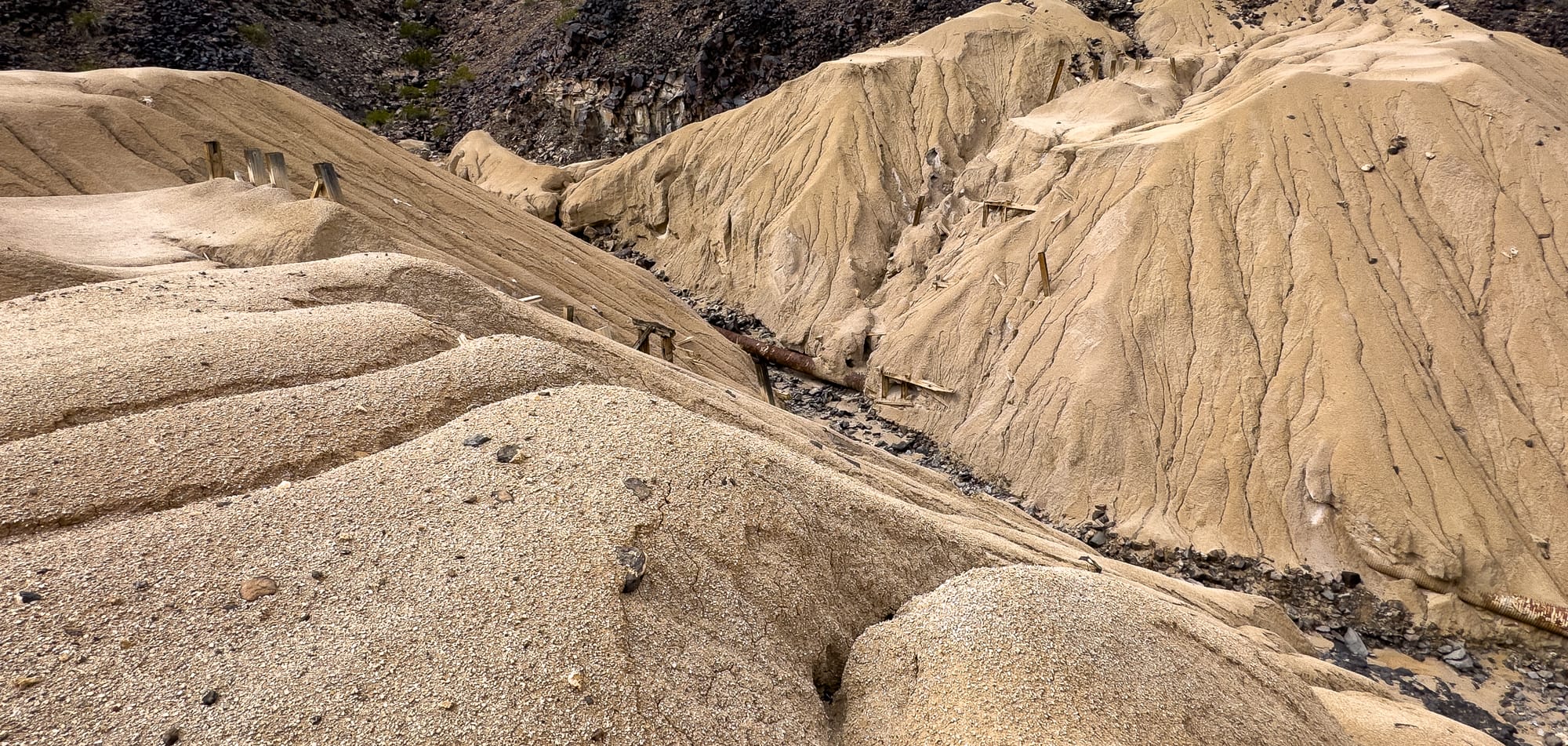
After taking a small detour down and around the washout, we regained the railbed and headed northwest again. Here the tracks began to turn away from Highway 190 as they traced the 3,000-foot contour line of the Greenwater Range.
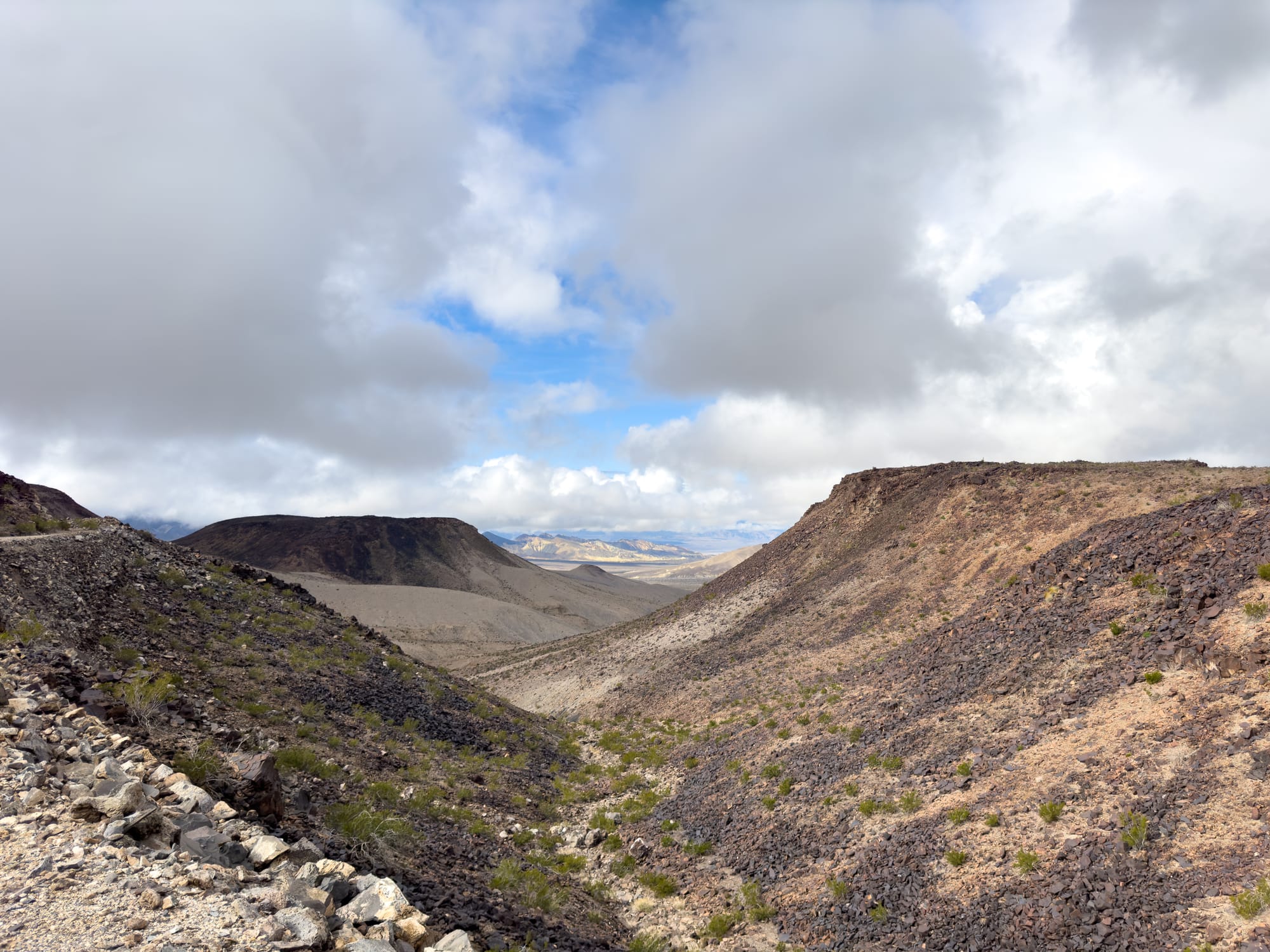
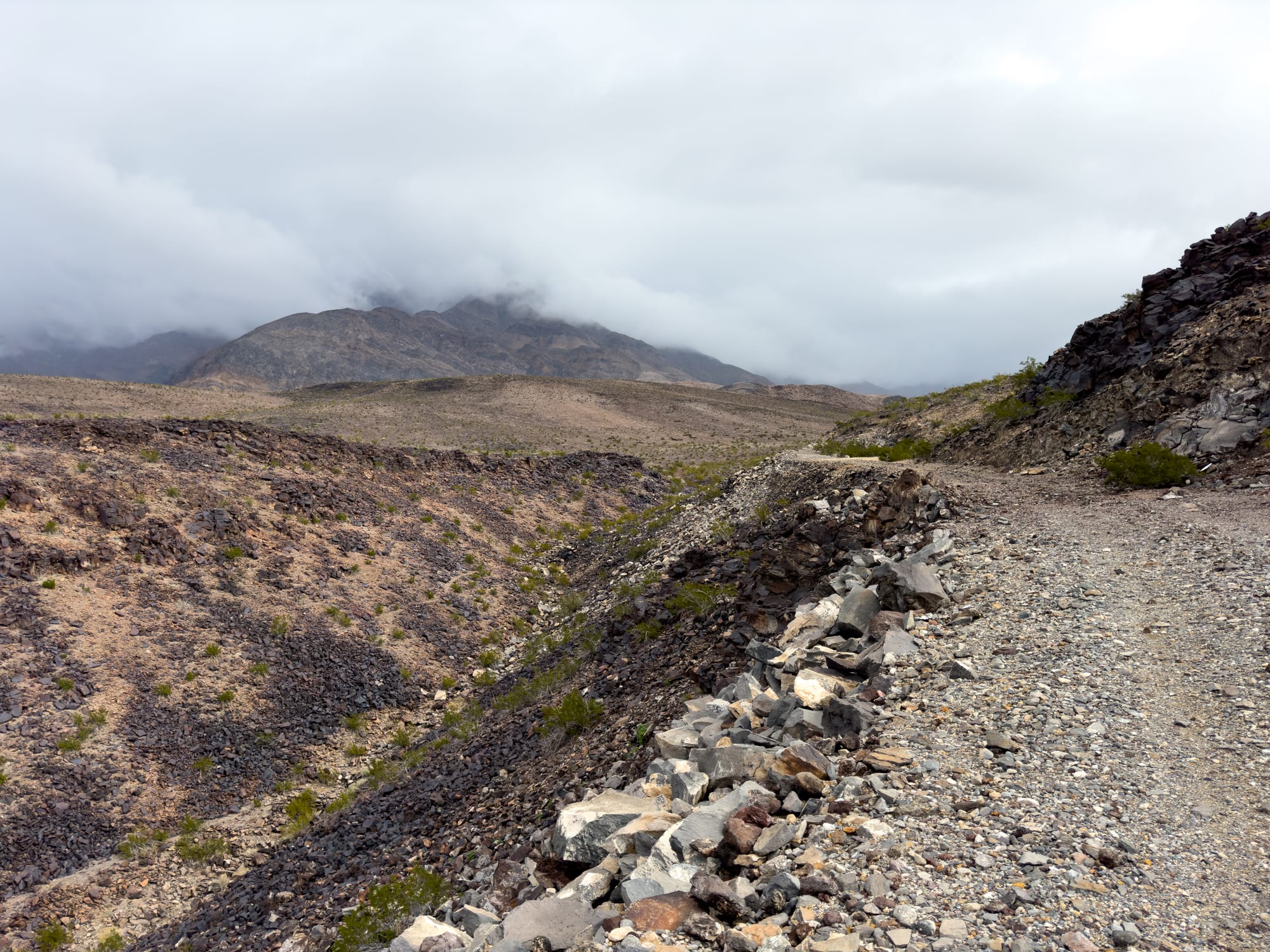
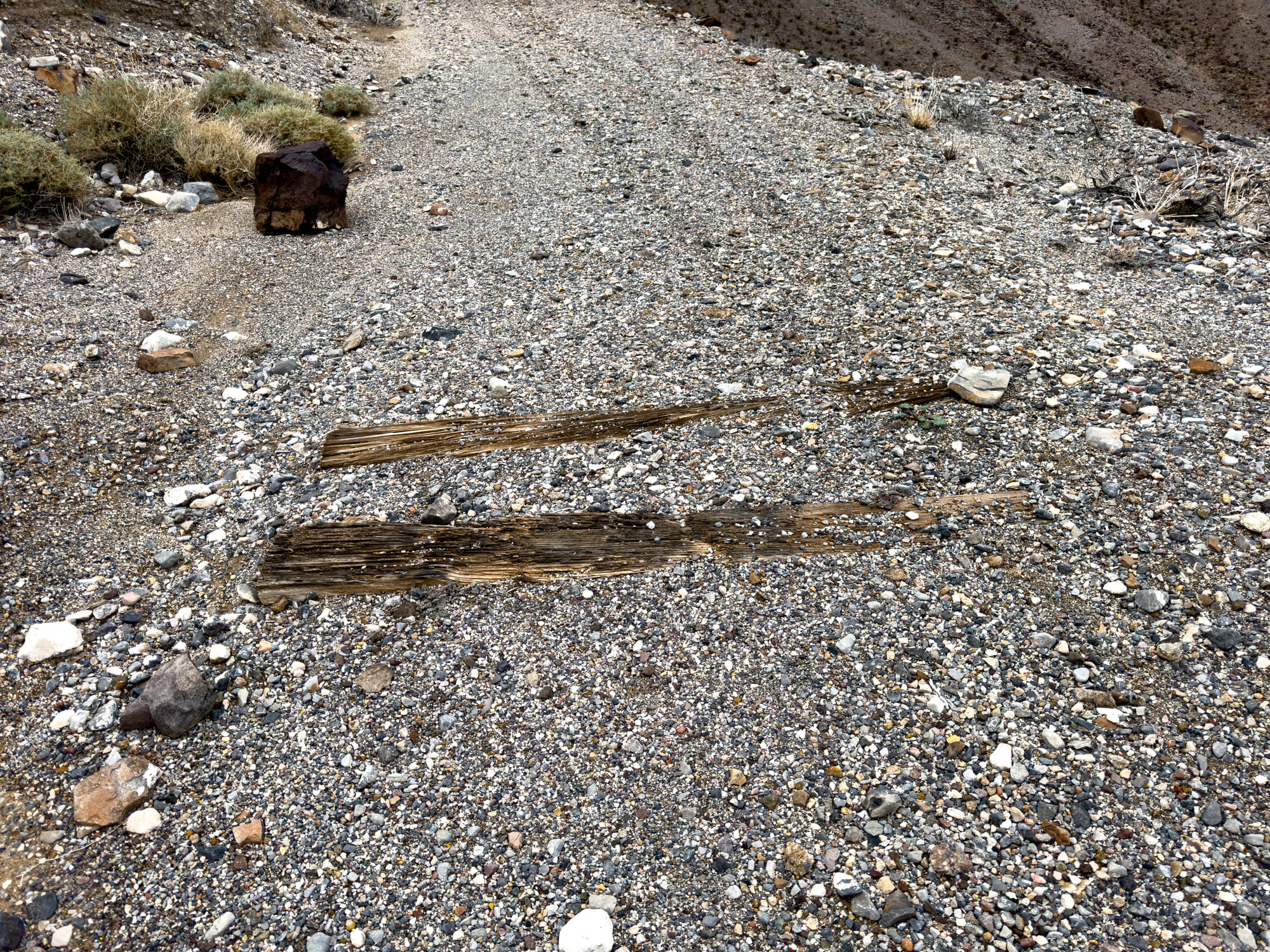
The DVRR next took a sharp hairpin turn towards the southeast as it snaked along the 3,000-foot contour. Along this section there were many washouts and landslides that are slowly erasing the former DVRR.
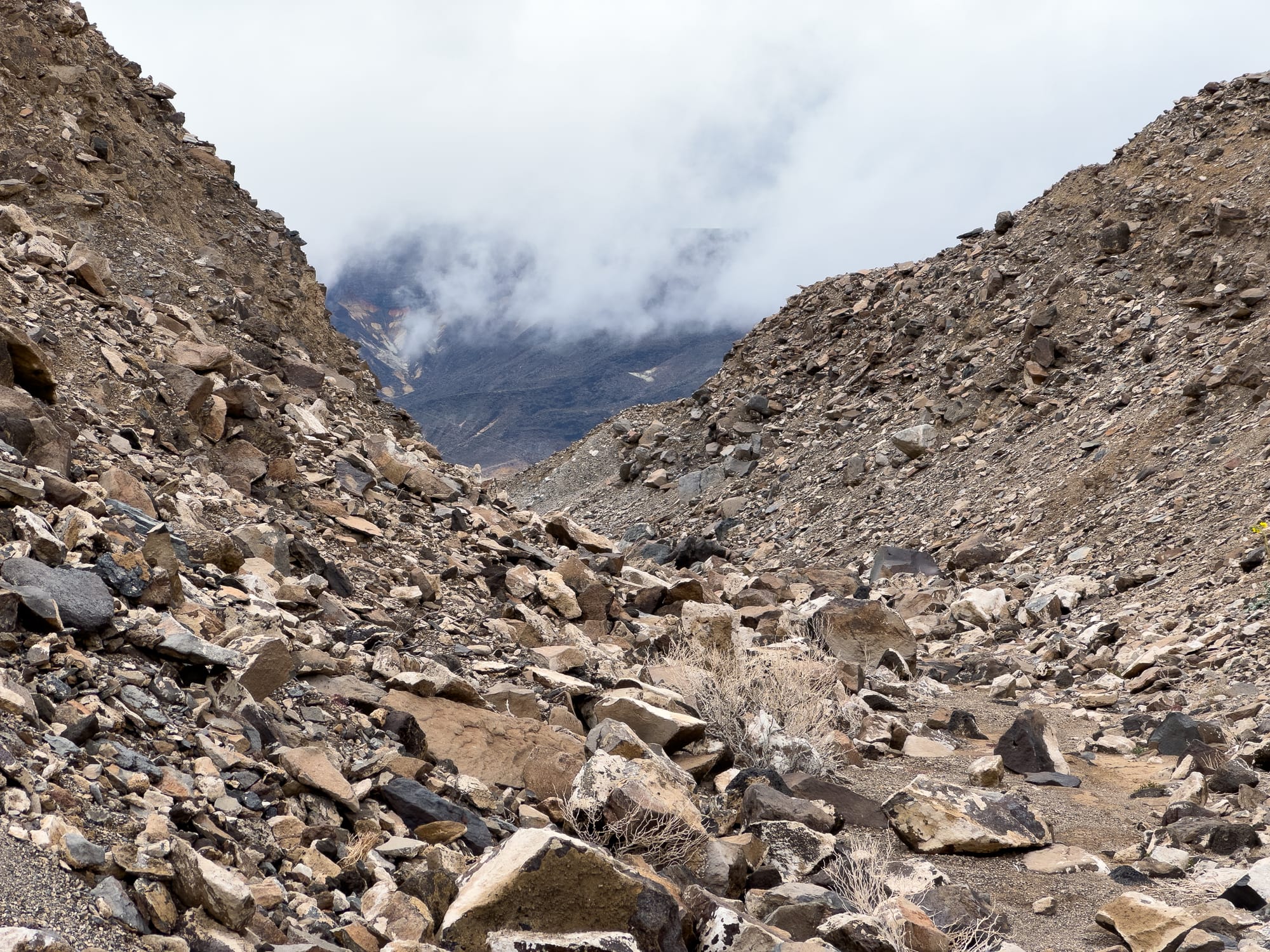
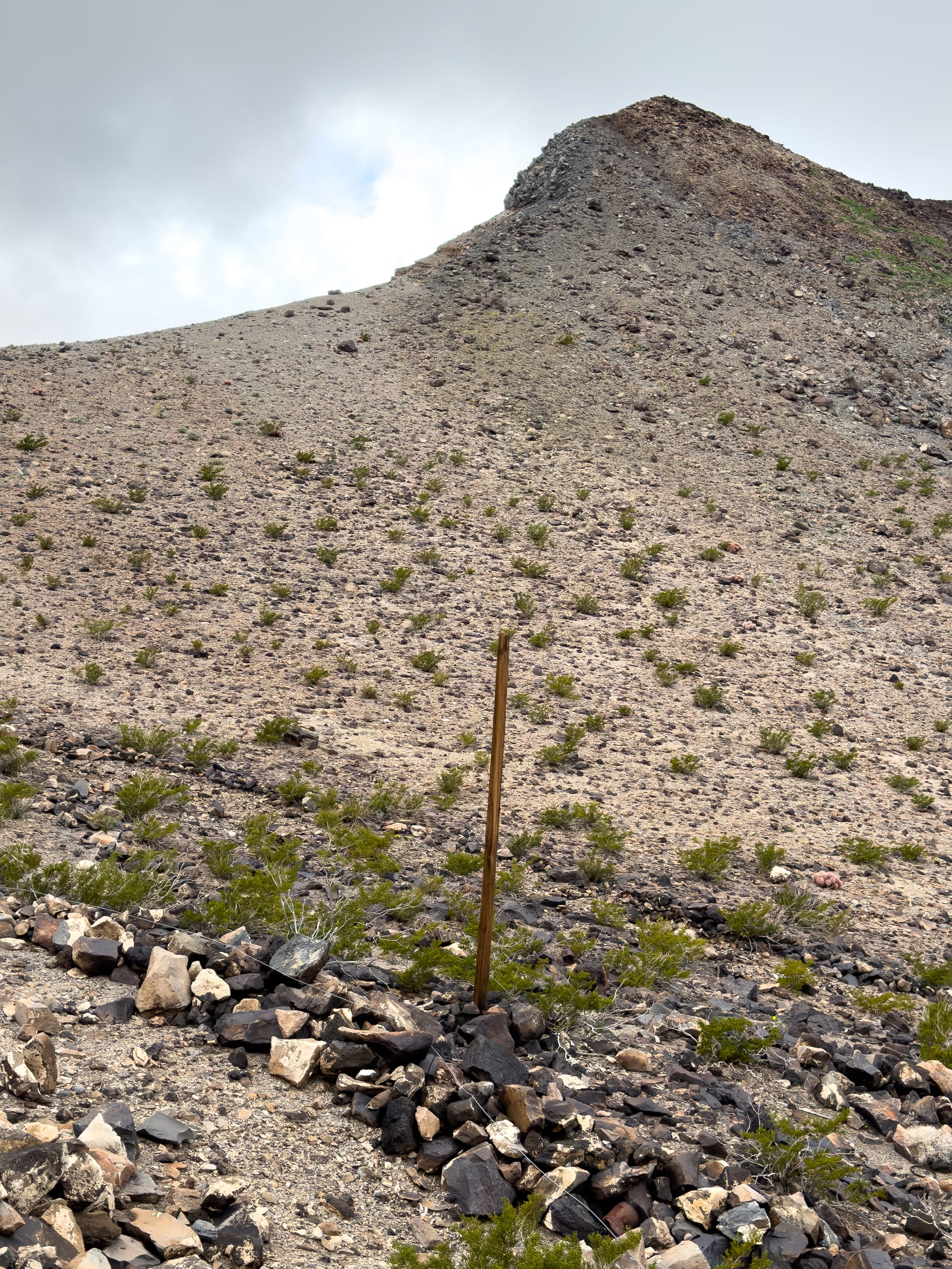
After traveling southeast along the railbed, we arrived at the Played Out mine. The played out was one of the first mines in the Ryan area.
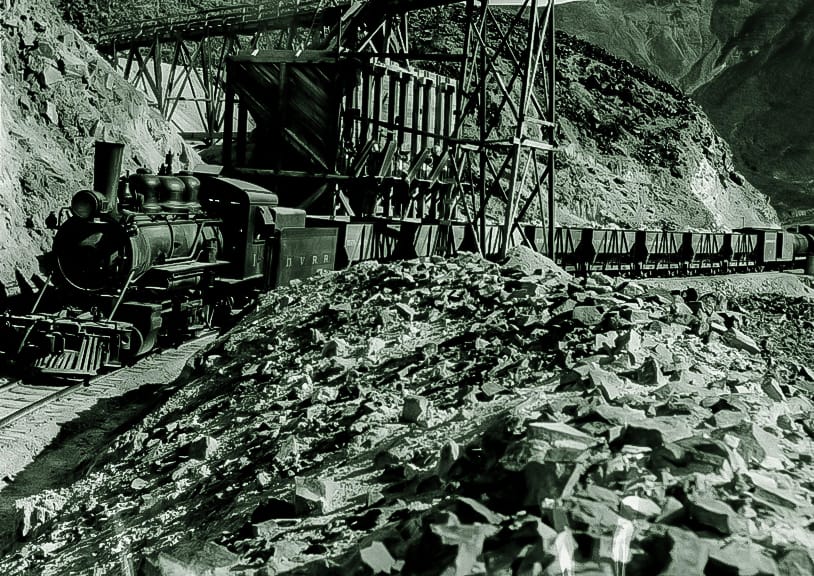
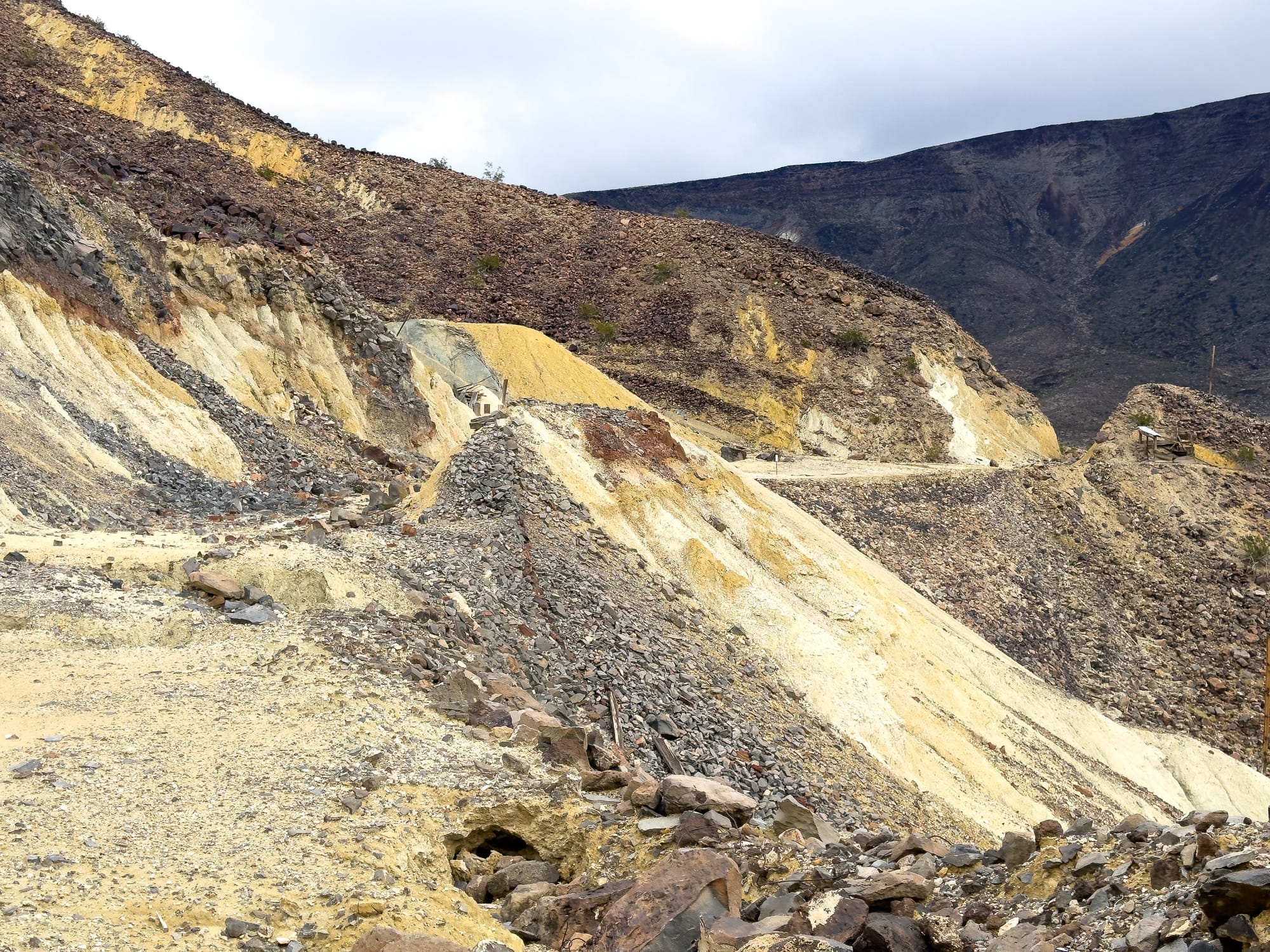
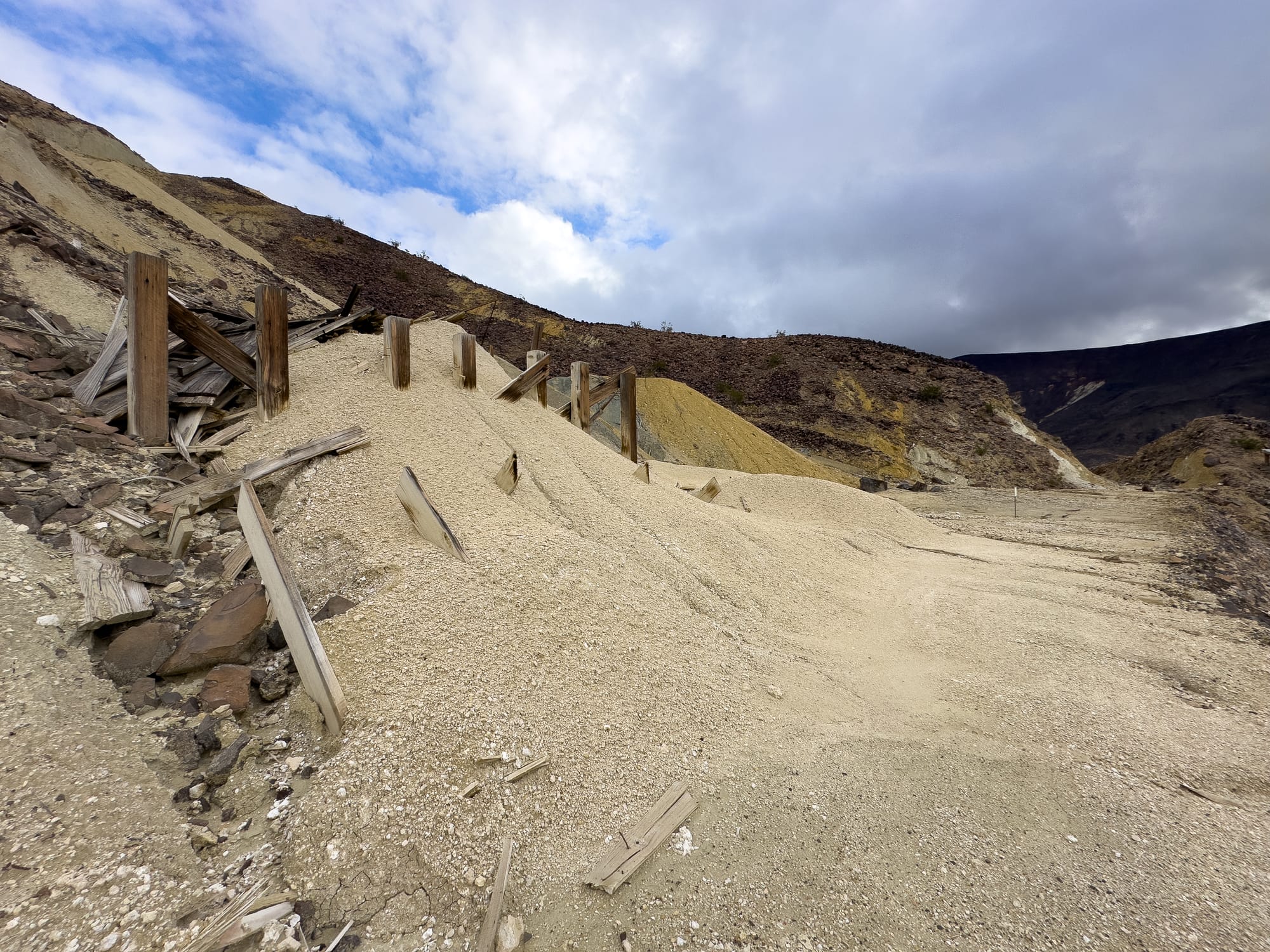
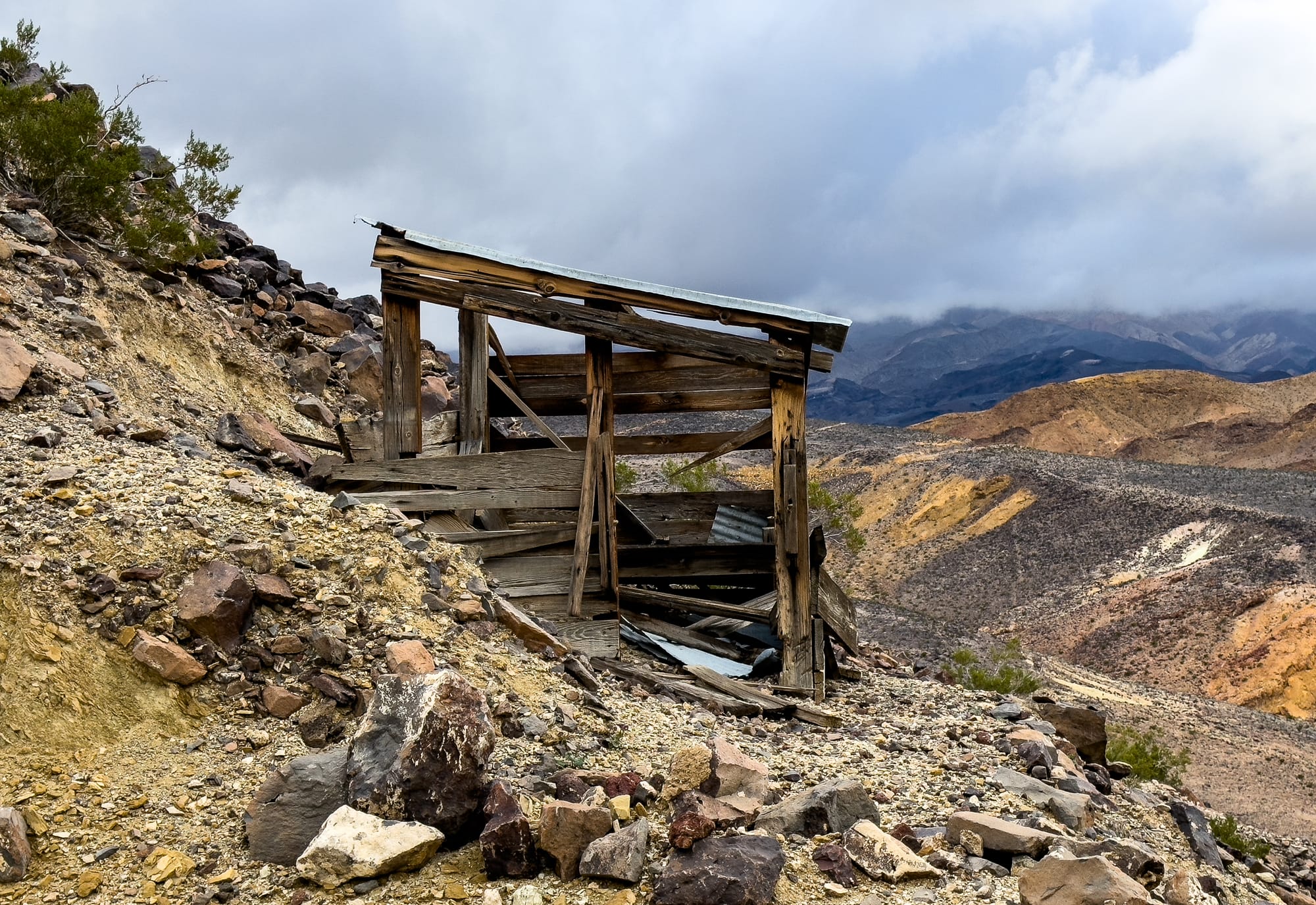
After passing the Played Out the next stop is the former townsite of Colemanite.
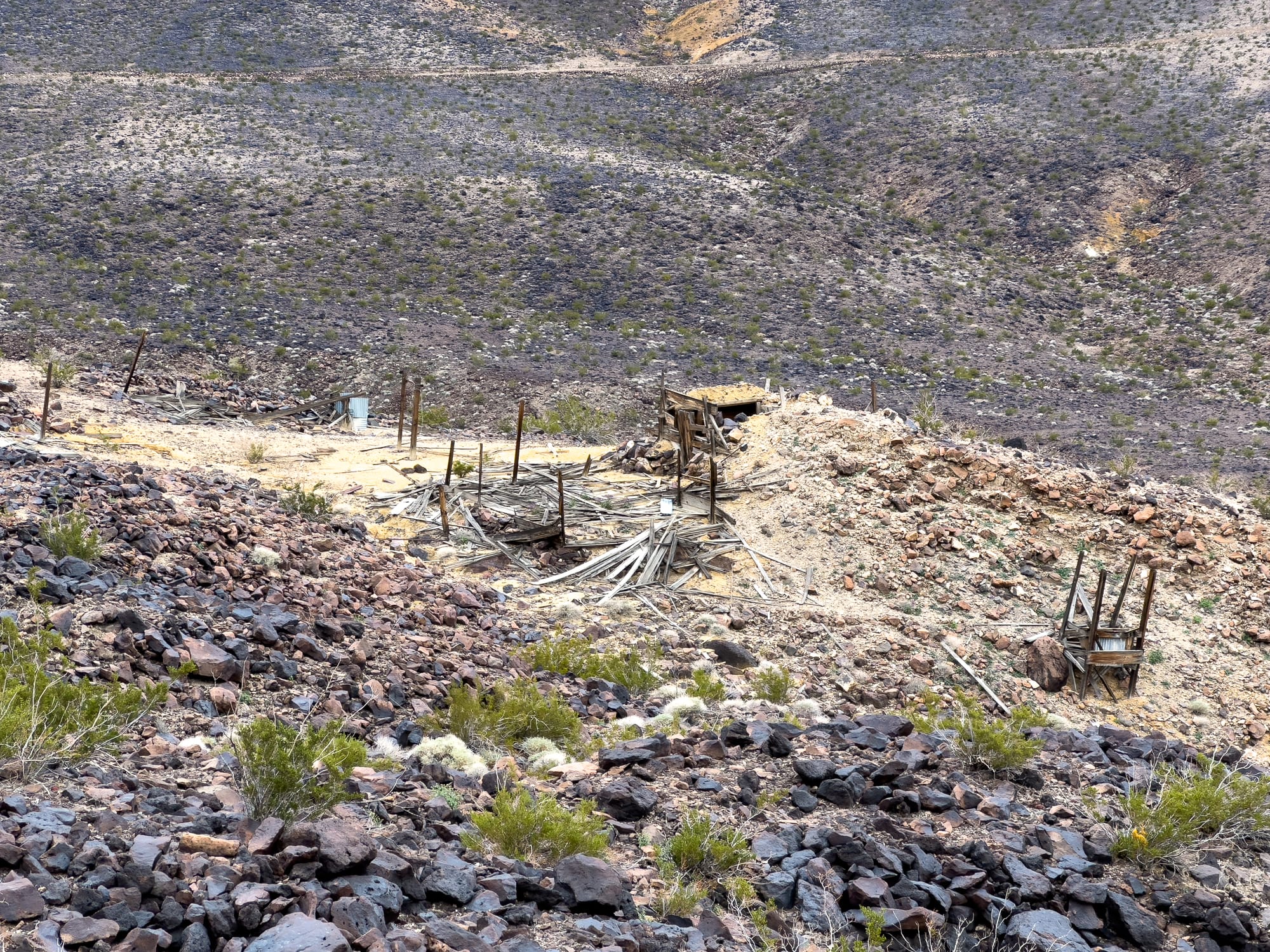
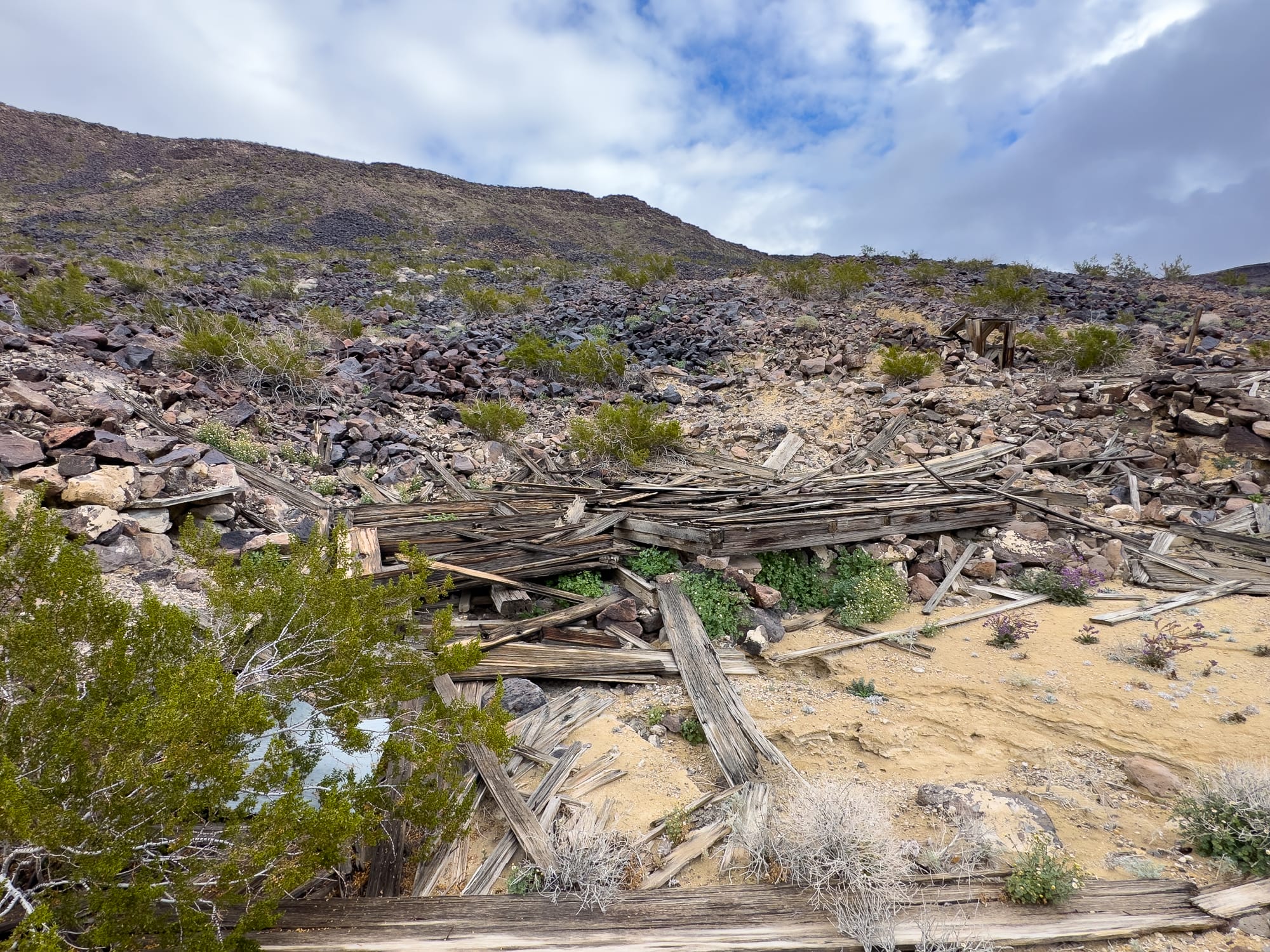
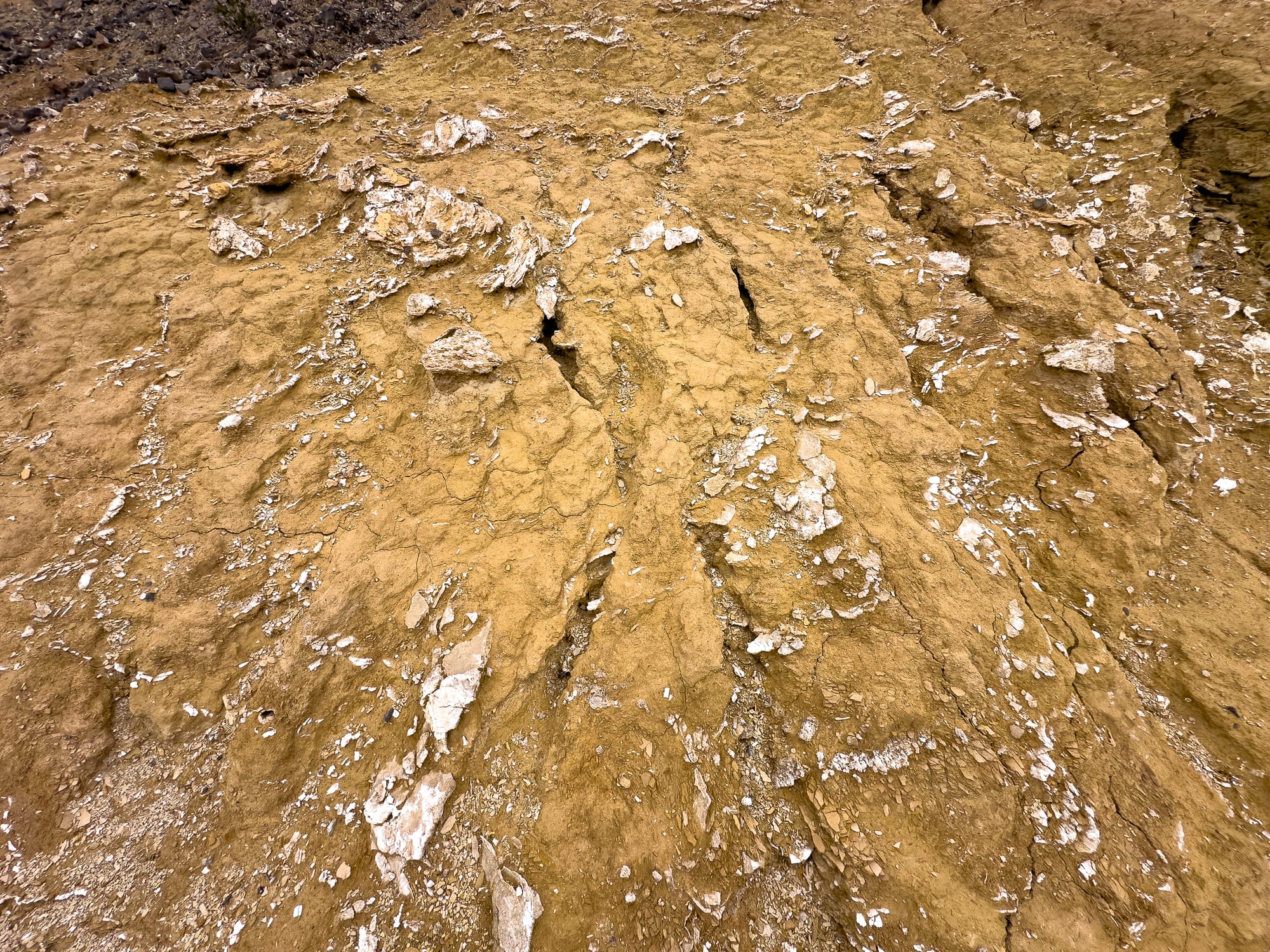
After passing the Colemanite townsite we needed to make a small detour as one of the old trestles was completely gone.
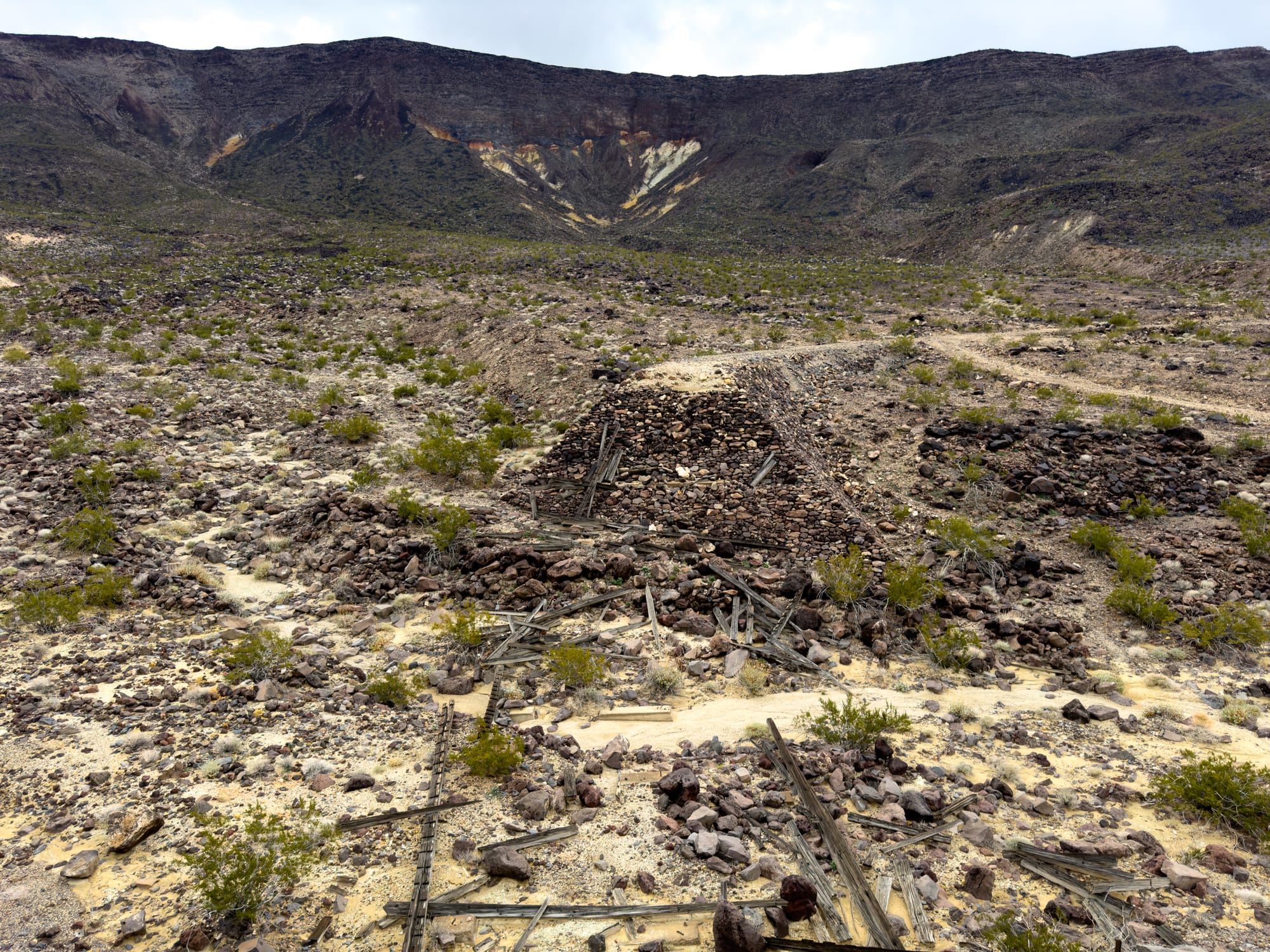
Our main target of this trip was the cemetery indicated on the USGS Topo map.
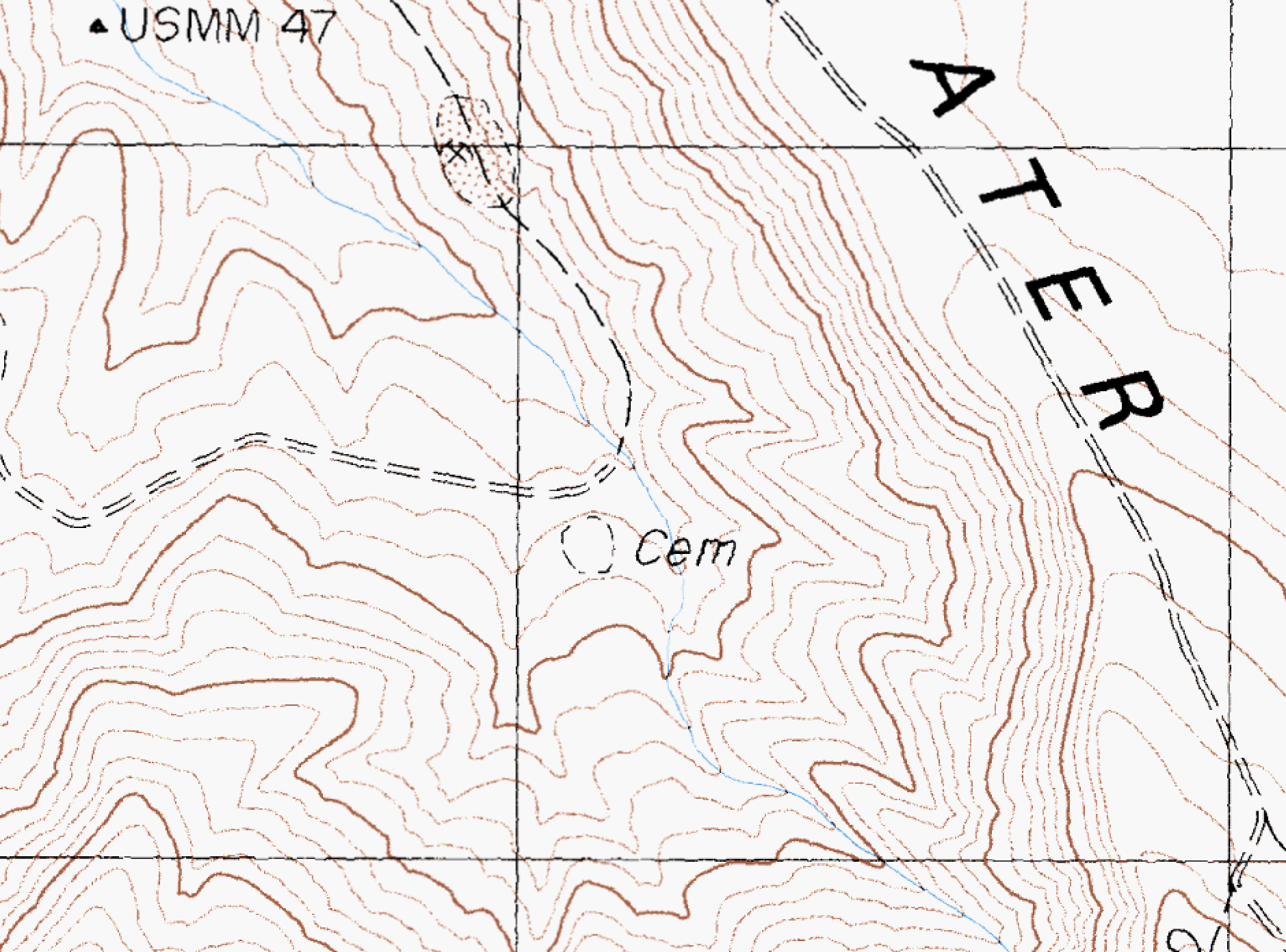
The cemetery is located just off the railbed slightly uphill and can be seen relatively easily.
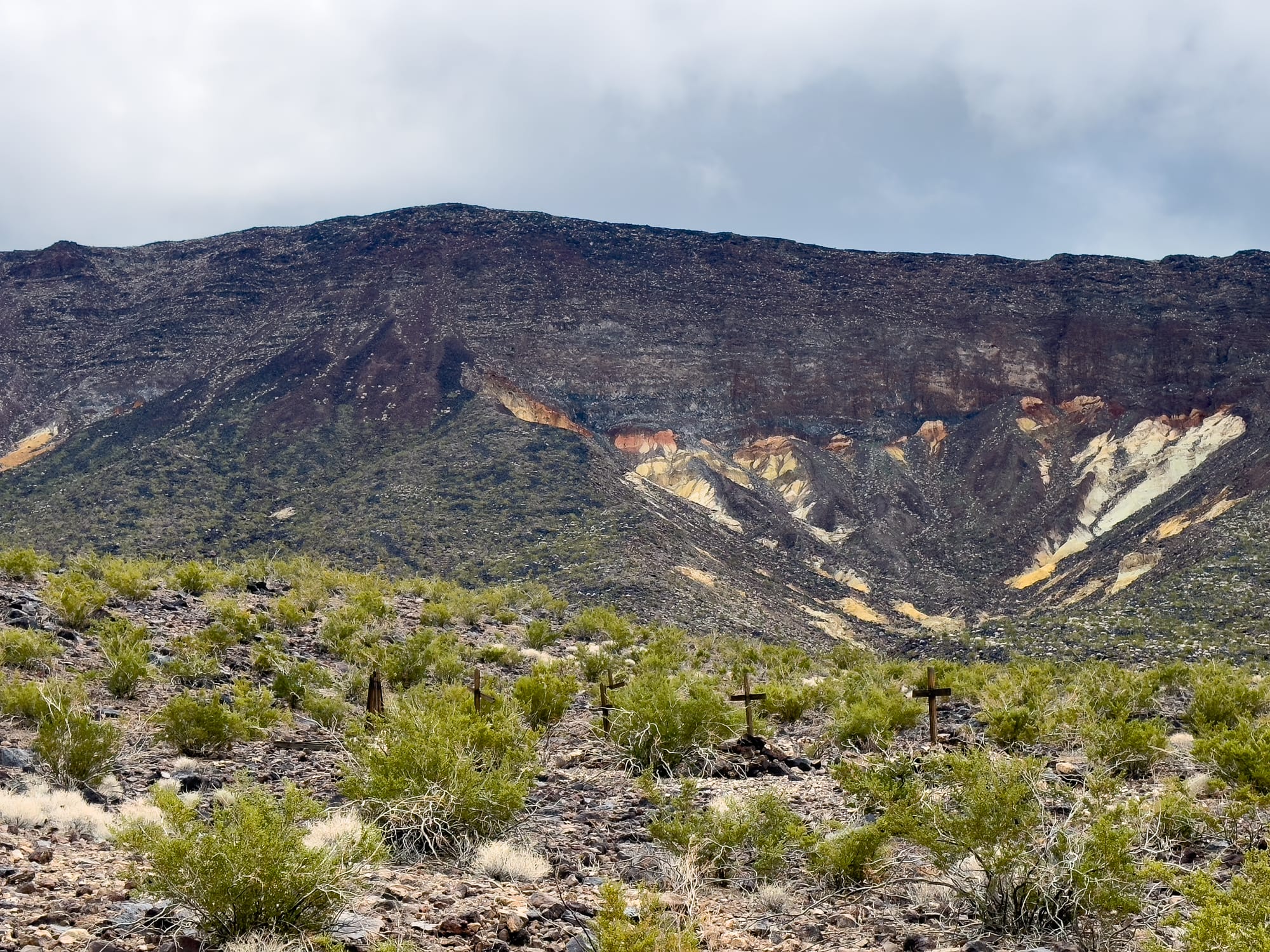


According to Find A Grave there are four documented burials at the Colemanite cemetery.
George I Anderson 1864 to September 13, 1916
John W Brooks 1850 to January 19, 1919
John Morris unknown to March 23, 1913
Jim Vance 1876 to June 12, 1918
